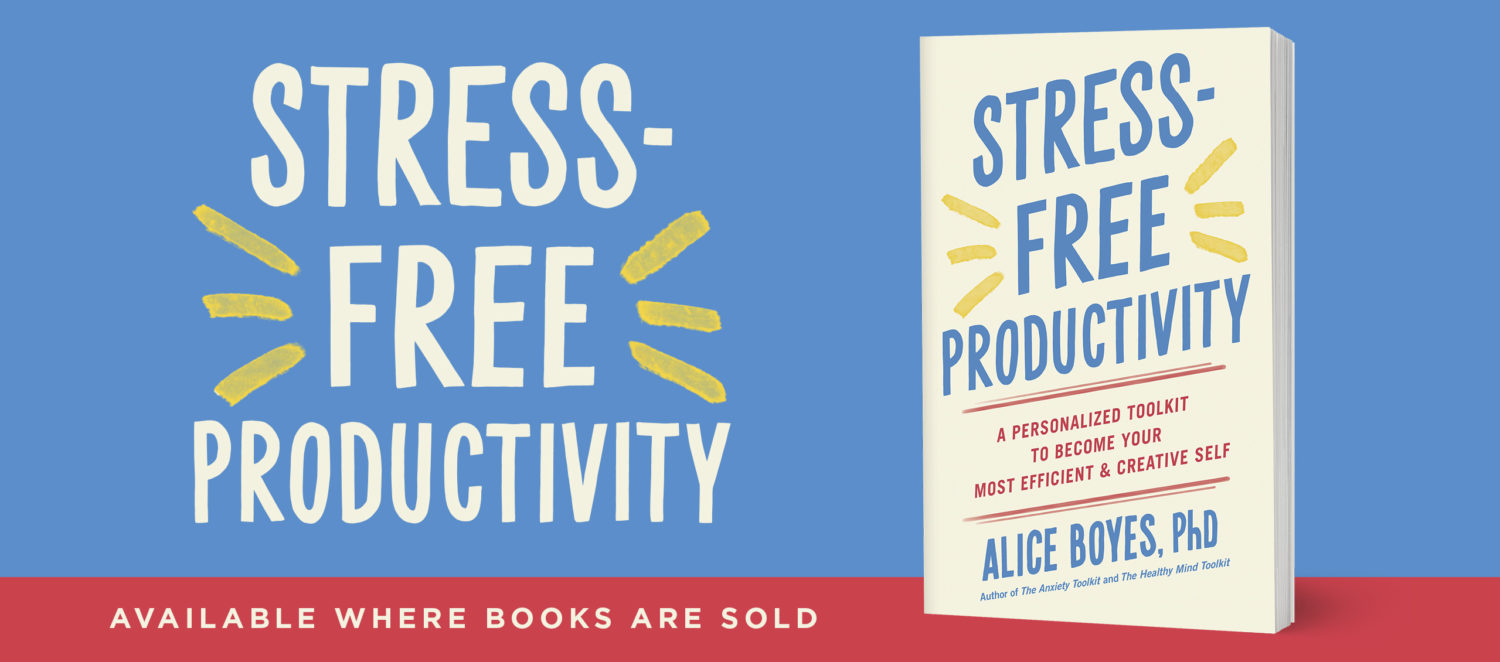CBT Techniques – The Thought Record
If you like this post, get loads more examples of simple CBT techniques in my book The Anxiety Toolkit.
This is example of a Disputing Thoughts Record – a common CBT technique.
This is my version of a CBT technique called ABCDE.
ABCDE Disputing Thoughts Record Example
Let’s go through a complete (fictional) example.
Example
Situation:
You have lost a library book and it’s now 3 months overdue. You can’t get any books out.
A stands for Adversity.
Means: The trigger.
Example: Your therapist suggests a book you might like to read as part of your therapy. You feel embarrassed so you don’t mention your library situation, even to your therapist.
B stands for Belief.
Means: The negative thought you want to work on.
Example:
“What am I going to do? I probably have a massive fine. If I talk to someone at the library they’re going to tell me off like I’m a child, or they might call debt collectors.”
C stands for Consequences of Believing the Negative Thought.
Means: How does believing the negative thought affect your emotions, your thoughts about yourself, and your thoughts about the future?
Example: You feel anxious. You have a sense of the world being hostile to you and of never doing anything right.
D Stands for Disputing
Means: What might alternative thoughts be?*
Examples:
– “People must lose library books all the time.”
– “I’m expecting other people to judge me negatively for making a mistake but maybe they won’t. Maybe even librarians and therapists have lost library books. By not mentioning this to my therapist, I’ve lost the potential opportunity to get a supportive reaction and to talk about problem solving. My therapist is likely to get confused about why I’m not displaying interest in reading the book that seems relevant to my problems. It’s understandable to want to hide and avoid in response to shame and anxiety but it’s not very helpful.”
– “If the librarian is judgmental then I can cope with that. It’s highly unlikely anyone will call security and boot me out of the library or anything like that.”
– “My shame about having lost the book is getting mixed together with my shame about having avoided dealing with this.”
– “Other than explaining the situation politely to someone at the library, there’s nothing I can do to control their reaction and the consequences in terms of how big the fine is, so giving up trying to control this situation and using acceptance skills is wise.”
– “This is a situation I have the capacity to deal with. I’ve developed a pattern of avoidant coping but I can get better at non-avoidant coping through the right kind of practice. This is an opportunity for that.”
E stands for Energizing
Means: What effect does disputing the negative thought have?
Examples:
– Reduces shame and anxiety
– Helps make problem solving seem more achievable
– Increases probability of support seeking to deal with this because other people seem less likely to be hostile
– Boosts sense of being a competent adult
– Can imagine how good I will feel once I get this sorted.
– Will be able to get books out again once I’ve sorted the fine.
CBT Techniques Notes:
– There are lots of different versions of this CBT technique. The ABCDE format comes from a book called Authentic Happiness
– Buy from the Book Depository (under $19NZD including free shipping).
– Buy from Amazon link.
– Writing down your answers is likely to provide vastly superior results to trying to do this in your head.
* The number of examples of alternative thoughts I’ve included is overkill for how you would do this yourself but I’m including lots of examples to illustrate different kinds of psychological mechanisms.



